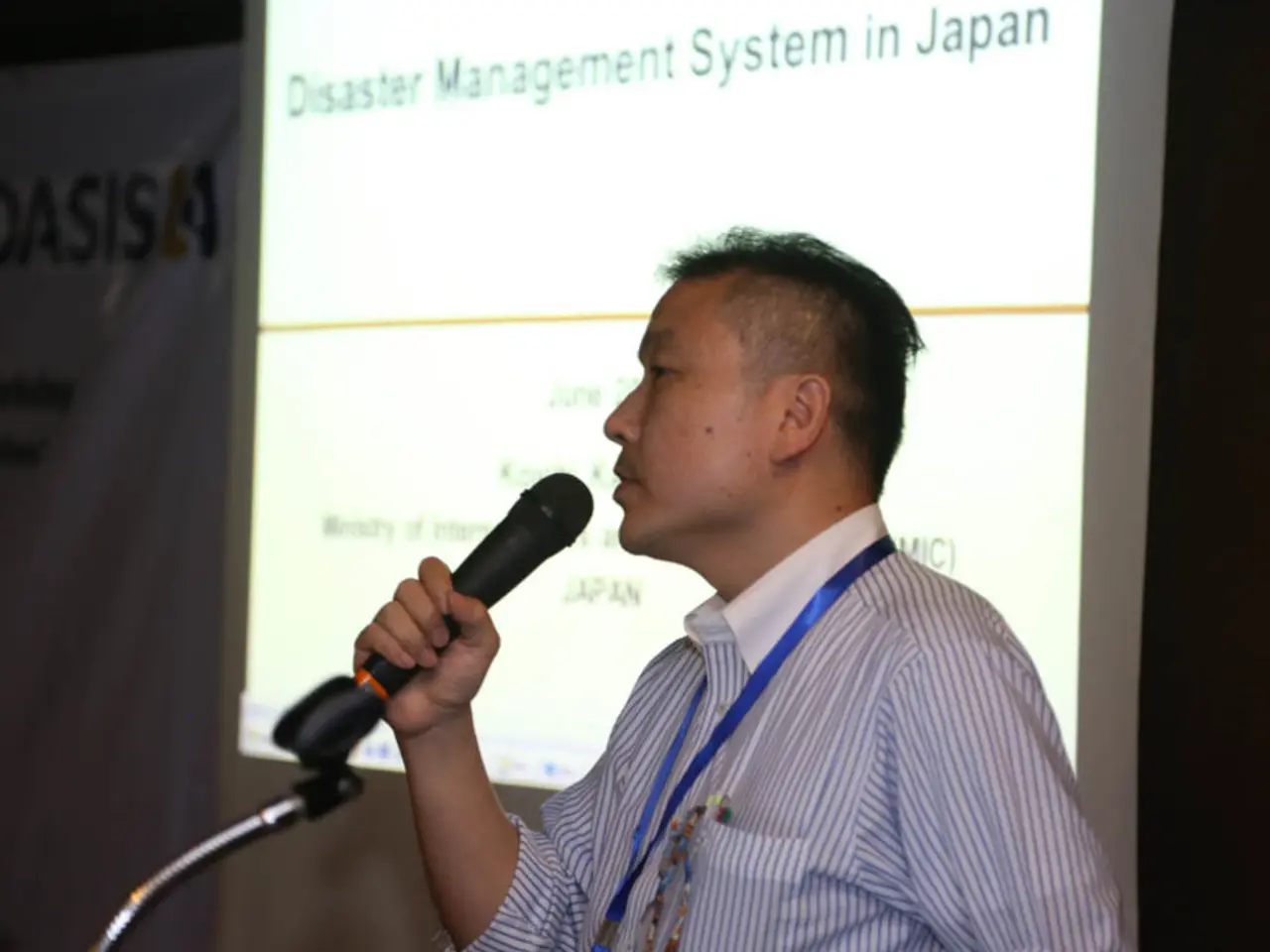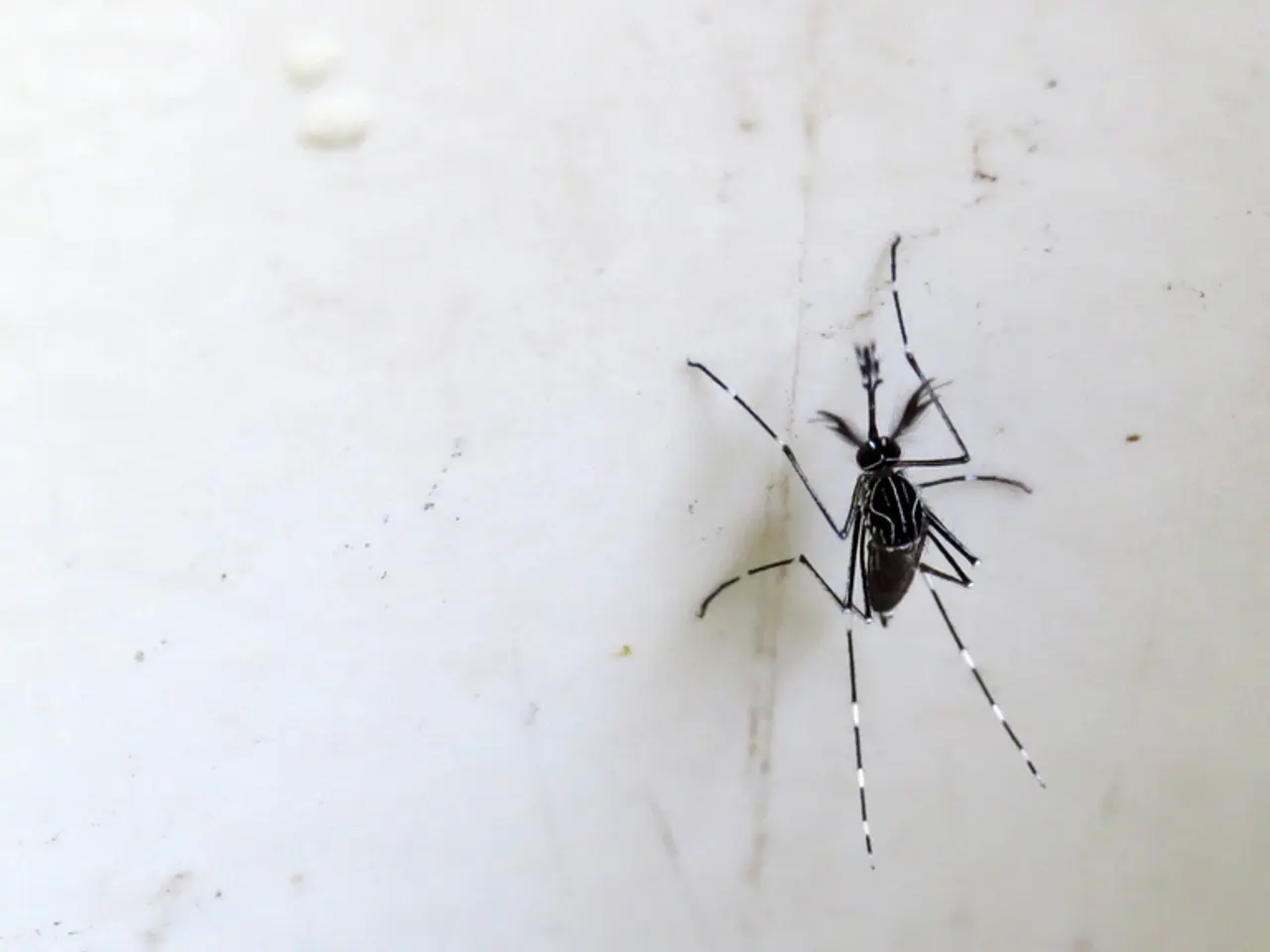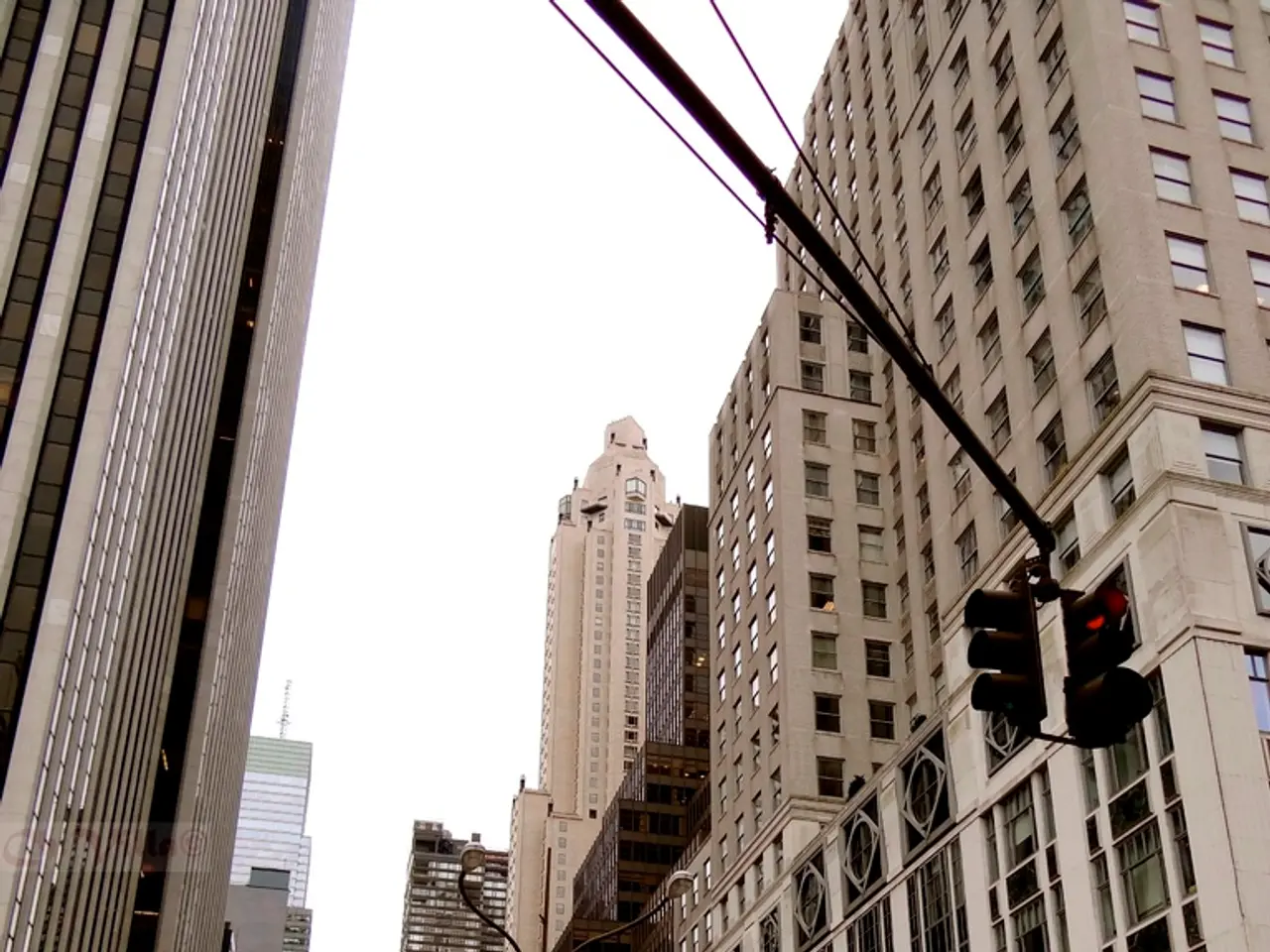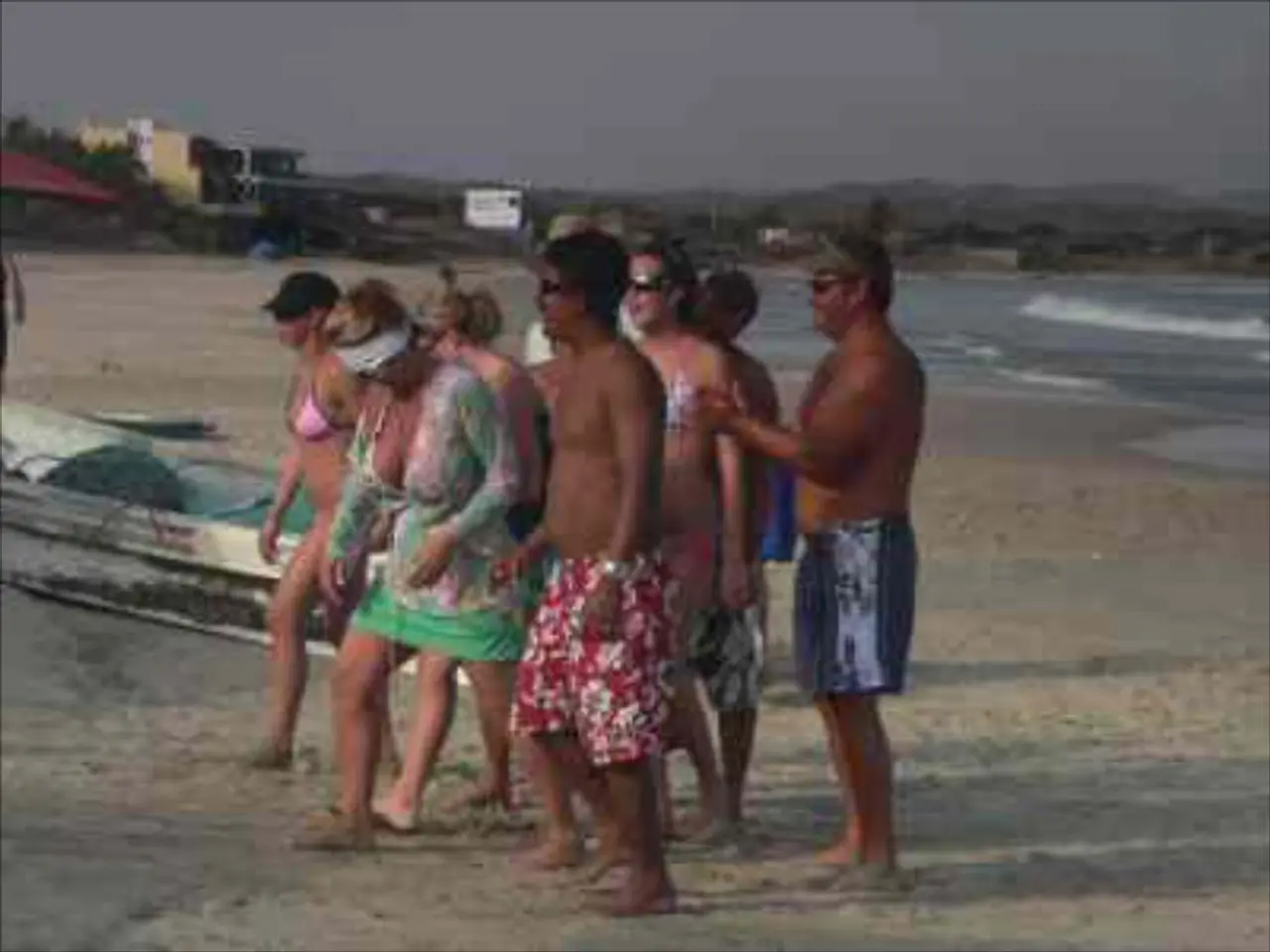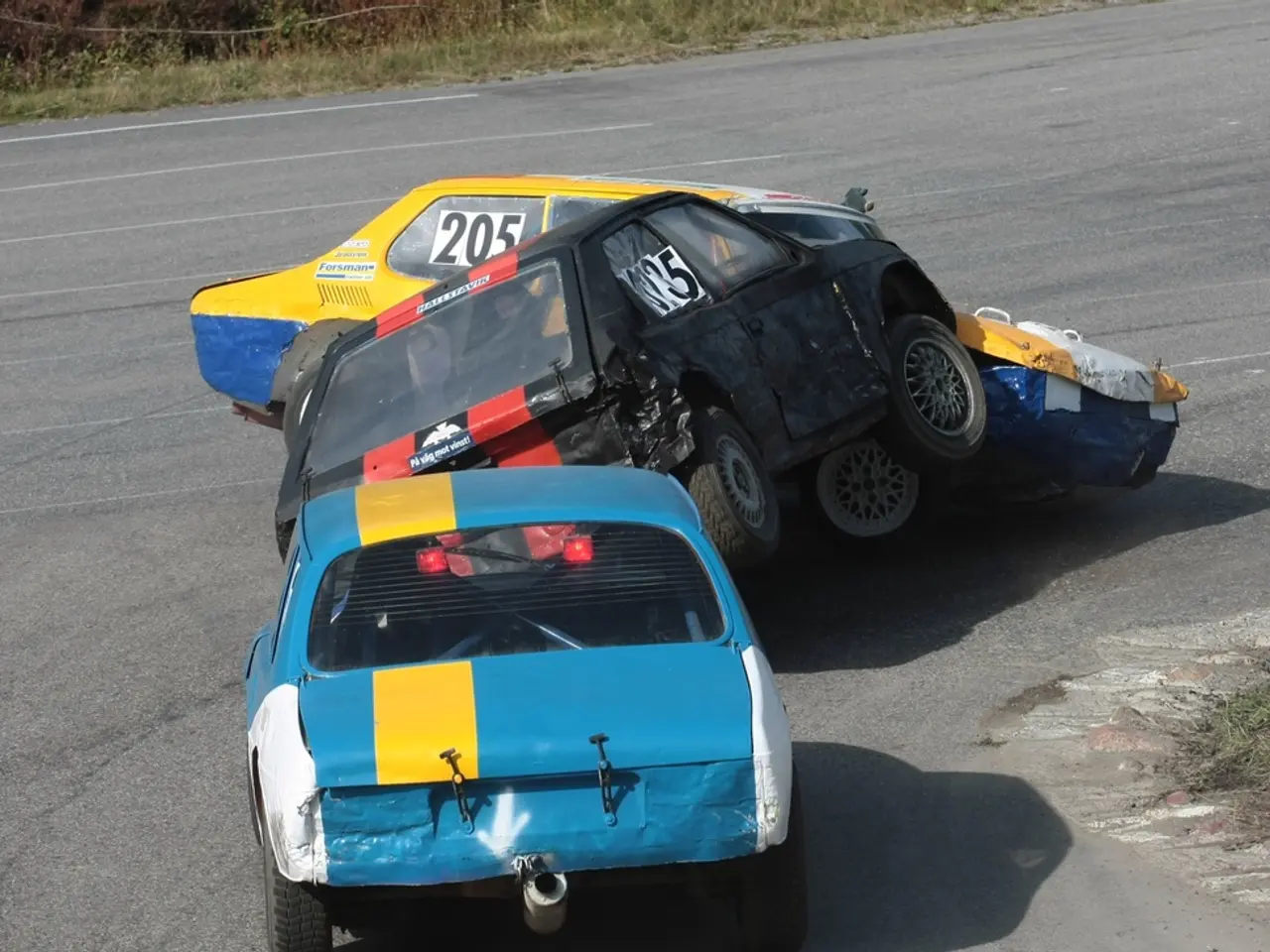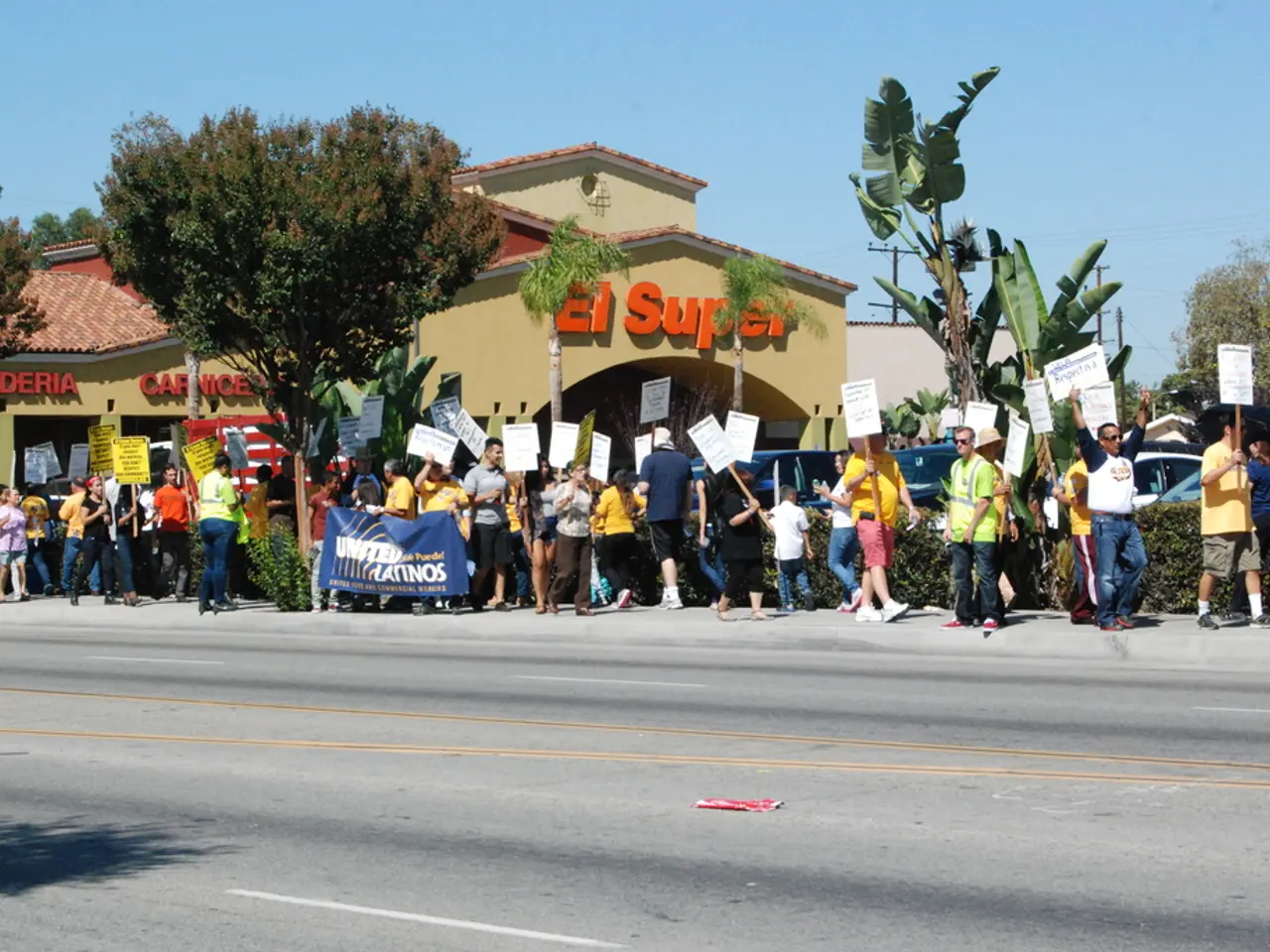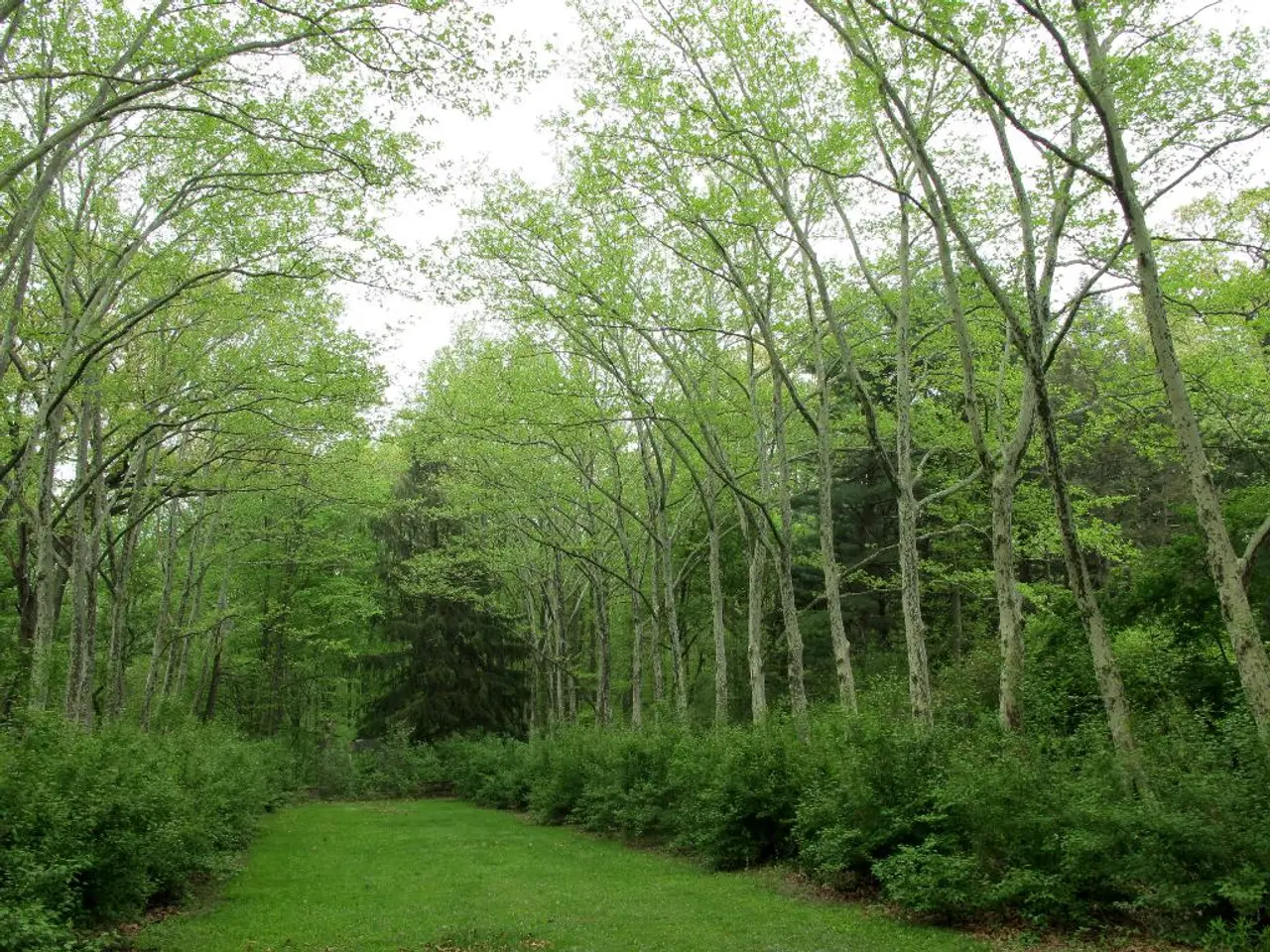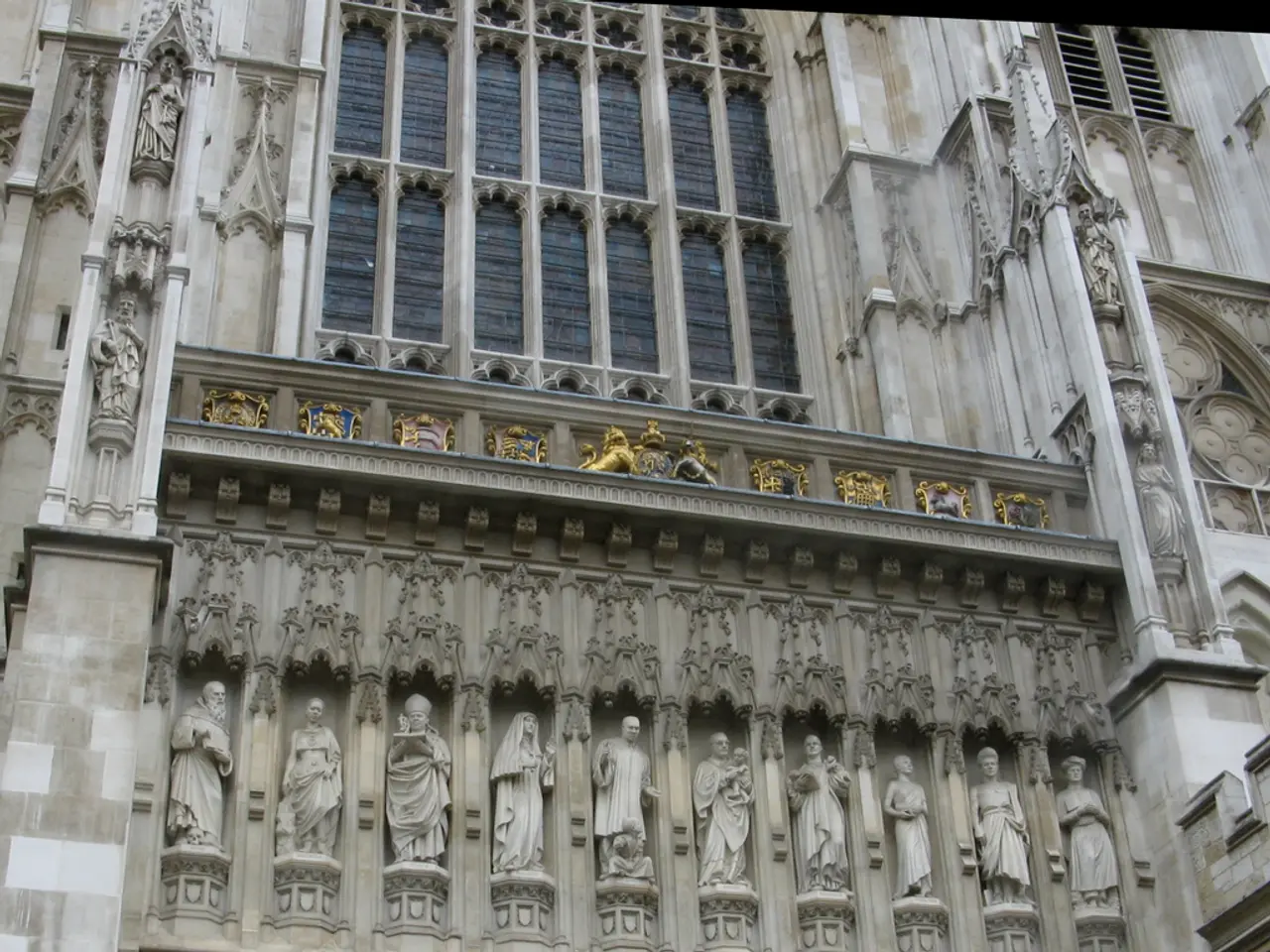Catastrophic 8.7-magnitude earthquake strikes Russia's Kamchatka Peninsula, triggering tsunami warnings in Hawaii and Japan.
Powerful Earthquake Triggers Tsunami Warnings Across Pacific
A massive earthquake of preliminary magnitude 8.0 struck near Russia's Kamchatka Peninsula on July 30, 2025, causing widespread tsunami warnings and advisories across the Pacific region. The quake, which was later upgraded to 8.7 magnitude, was one of the strongest recorded globally and was followed by a volcanic eruption on Kamchatka itself.
The epicenter of the earthquake was located about 74–85 miles east-southeast of Petropavlovsk-Kamchatsky, Russia, at a depth of roughly 12–19 kilometers (7.5–11.8 miles). The powerful quake was felt across a vast area, causing panic and damage in Petropavlovsk-Kamchatsky, where cabinets toppled inside homes, mirrors were broken, cars swayed in the street, and balconies on buildings shook noticeably.
The earthquake generated a significant tsunami threat, leading to regional evacuations and alerts. Japan and Russia issued warnings for waves up to 1 meter (yard) in some areas, while the Pacific Tsunami Warning Center forecast possible hazardous waves of 1 to 3 meters along coasts in Hawaii, Chile, Japan, and the Solomon Islands. Waves exceeding 3 meters were possible near Russia and Ecuador.
In Japan, a tsunami alert was issued, and the first waves of about 30 cm (1 ft) reached eastern Hokkaido. The public was advised to remain cautious, and a taskforce was set up for information gathering and response in case of any emergency. Slight shaking was also felt in Japan, according to NHK television.
The West Coast of the United States, from California-Mexico border to Alaska-British Columbia border, was covered by a tsunami advisory. No major damage was reported, but warnings prompted readiness actions. Hawaii, on the other hand, issued a tsunami warning with potential waves between 1 and 3 meters (3–10 feet). Some coastal areas faced a real hazard, and emergency agencies alerted the public.
In Alaska, a tsunami warning and advisory were issued for parts of the state. Precautionary evacuations and monitoring are ongoing, but no significant damage has been reported yet.
The Klyuchevskaya Sopka volcano on Kamchatka erupted shortly after the earthquake, raising concerns of increased volcanic activity.
This event ranks among the most powerful in recent history and underscores ongoing seismic risks along the Pacific "Ring of Fire". In 1952, a magnitude 9.0 earthquake in Kamchatka caused damage but no reported deaths, despite setting off 9.1-meter (30-foot) waves in Hawaii.
Monitoring continues for aftershocks and volcanic activity triggered by the quake. The event serves as a reminder for coastal communities around the Pacific to remain vigilant and prepared for such events.
- despite the immediate concerns over the tsunami warnings across the Pacific, the financial market remained volatile due to uncertainty and fear about potential losses in coastal areas.
- as the weather in coastal regions continued to be monitored for possible hazardous waves, meteorologists also reported changes in atmospheric patterns possibly linked to the powerful earthquake and its aftermath.
